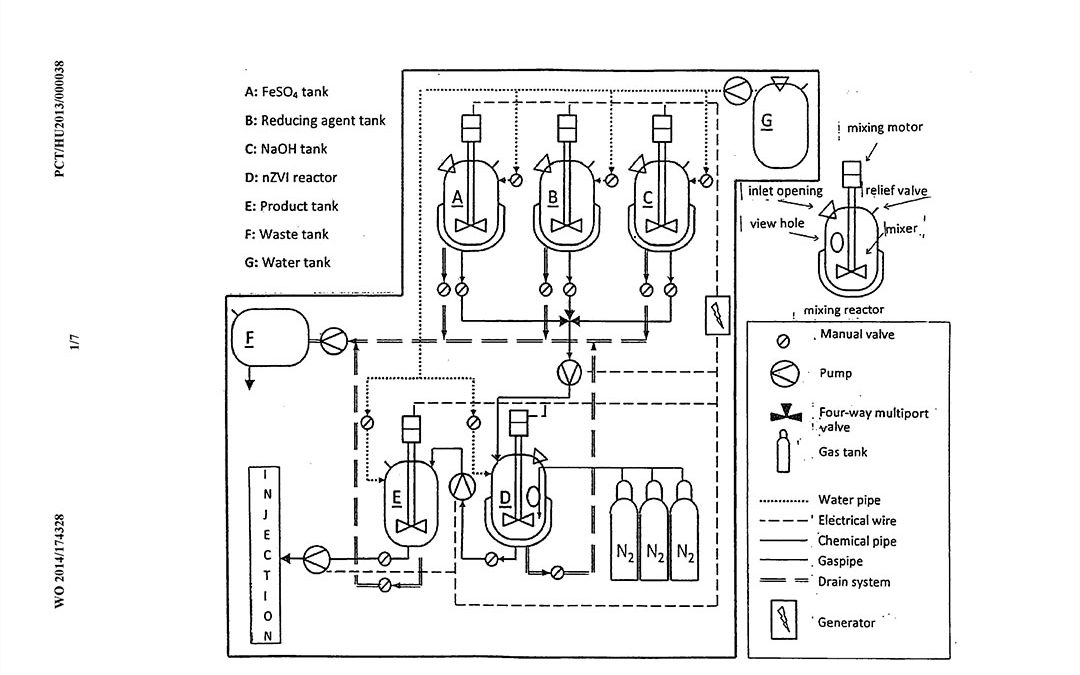
2021. March 10.
The elemental iron nanoparticles (nZVI) efficiently decontaminate the different chlorinated organic compounds, absorb the heavy metals found in the underground water. The technical problem to be solved by the invention is the implementation of a device which ensures the production of a stable, aggregation-free and oxide-free nano-iron, even for the remediation of industrial-scale contamination, and for reducing the storage and transport time of said nano-iron.
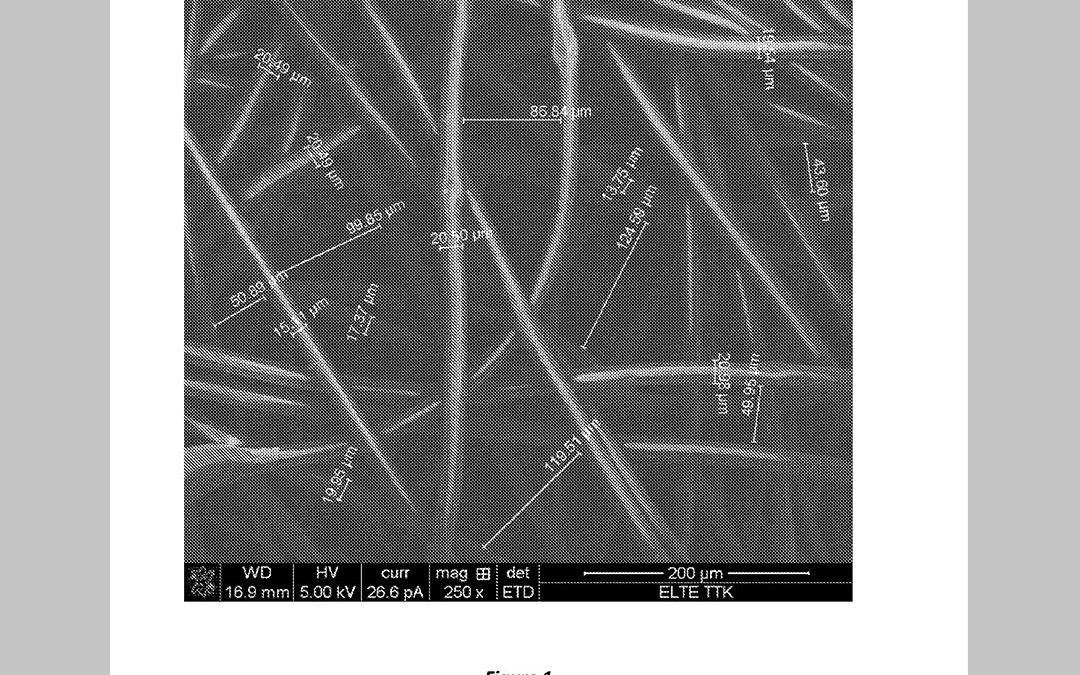
2021. March 7.
The primary subject of the invention is a separator for separating the anode and cathode compartments in electrochemical cells, comprising
(a) a support made of polyethylene and/or polypropylene fibres, and
(b) a Fe(III)-containing precipitate deposited on the support according to point a).
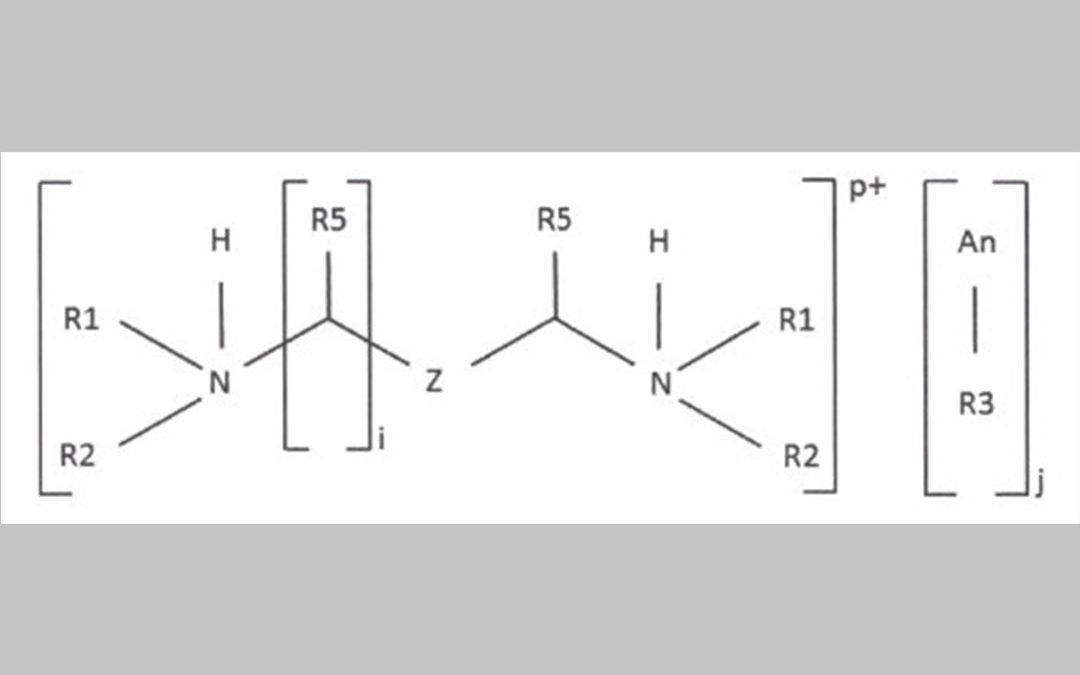
2021. February 17.
The present invention relates to cocogem surfactants for an enhanced oil recovery process, said surfactants exhibit reduced critical concentration for micelle formation and thermal stability under conditions typical of deeper oil storage layers (e.g. higher temperature, pressure and/or salinity) as compared to the prior art.
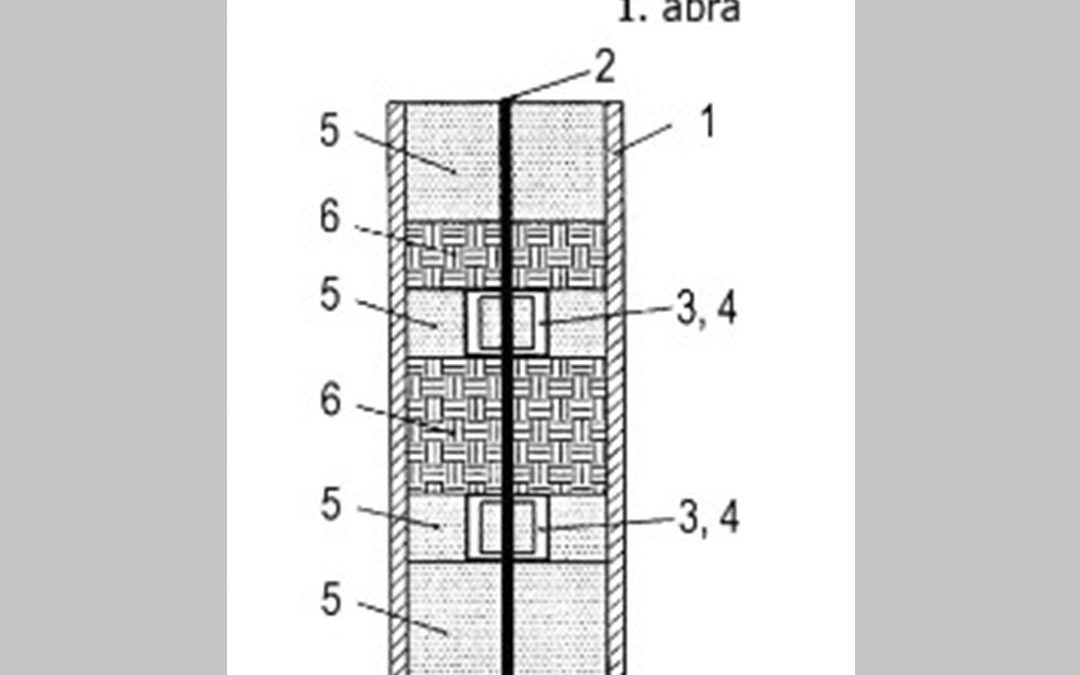
2021. February 17.
Probe arrangement for detecting a corrosion effect in a laboratory-scale tubular reactor comprising an orientation element fixedly arranged in the tubular reactor and at least one support element connecting the orientation element, arranged in the tubular reactor so, that at least one supporting element is attached in a releasable contact with at least one plate, characterized in that the orientation element (2) is arranged in the longitudinal axis of the tubular reactor (1), the support element (3) is formed as a cylindrical or prismatic ring surrounding the orienting element (2), and at least one plate (4) is mounted on the support element (3) in a way that it is distanced from the wall of the tubular reactor (1).
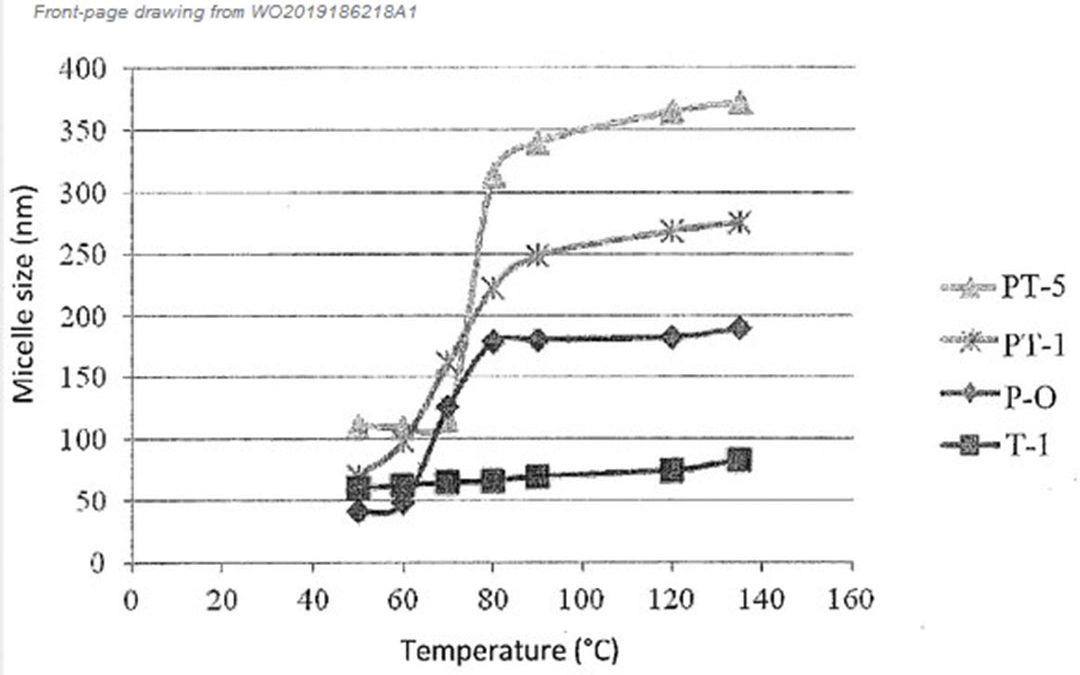
2021. February 17.
The present invention relates to a composition for an enhanced oil recovery process, said composition comprising (a) one or more anionic cocogem surfactants; b) one or more surfactants based on nonionic vegetable fatty acids (or their synthetic analogues); c) optionally one or more, preferably commercially available, co-surfactants; d) optionally one or more agents with phase transfer property, preferably an alcohol; and e) polyacrylamide as a flow modifier.










